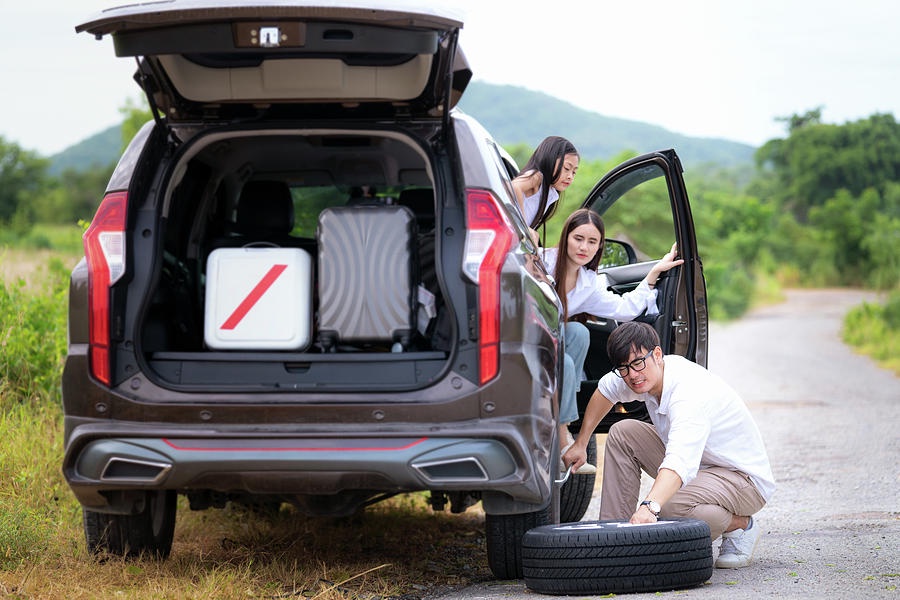Navigating Road Hazards: The Essential Guide to Puncture Repair
Introduction:
Driving down the road, you may encounter various obstacles, from potholes to debris, that can lead to an unexpected puncture. While a punctured tire can be a nuisance, knowing how to properly repair it can save you time, money, and stress. In this comprehensive guide, we'll explore the ins and outs of puncture repair, covering everything from identifying a puncture to executing the repair process effectively.
Identifying the Puncture:
The first step in puncture repair is identifying that you have a puncture. Symptoms of a puncture include:
- Loss of tire pressure
- Difficulty steering or handling
- Unusual noises or vibrations while driving
Once you suspect a puncture, it's essential to pull over to a safe location as soon as possible to assess the damage.
Assessing the Damage:
Once you've pulled over safely, visually inspect the tire for any signs of damage, such as:
- Nails, screws, or other sharp objects embedded in the tread
- Visible cuts, tears, or bulges on the tire sidewall
If you're unable to locate the puncture visually, you can use soapy water or a tire pressure gauge to detect the leak by observing bubbles or fluctuations in pressure.

Repairing the Puncture:
Once you've identified the puncture, follow these steps to repair it effectively:
1. Remove the object: If there's a foreign object lodged in the tire, carefully remove it using pliers or a similar tool.
2. Prepare the puncture: Use a reamer tool to clean and widen the puncture hole, allowing the repair material to adhere properly.
3. Insert the plug: Thread a plug through the eye of the insertion tool and coat it with rubber cement. Insert the plug into the puncture hole until only a small portion protrudes from the surface.
4. Trim the excess: Use a utility knife to trim any excess plug material flush with the tire tread.
5. Reinflate the tire: Use a tire inflator or air compressor to reinflate the tire to the manufacturer's recommended pressure.
Safety Considerations:
When performing a puncture repair, it's crucial to prioritize safety:
- Always park your vehicle in a safe location away from traffic before attempting any repairs.
- Use caution when handling sharp objects and tools to avoid injury.
- If you're unsure about the severity of the damage or how to properly repair it, seek assistance from a professional tire technician.
Preventing Future Punctures:
While punctures are often unavoidable, there are steps you can take to minimize the risk:
- Avoid driving over debris or potholes whenever possible.
- Maintain proper tire pressure and inspect your tires regularly for signs of wear or damage.
- Consider installing puncture-resistant tires for added protection against road hazards.


No comments yet